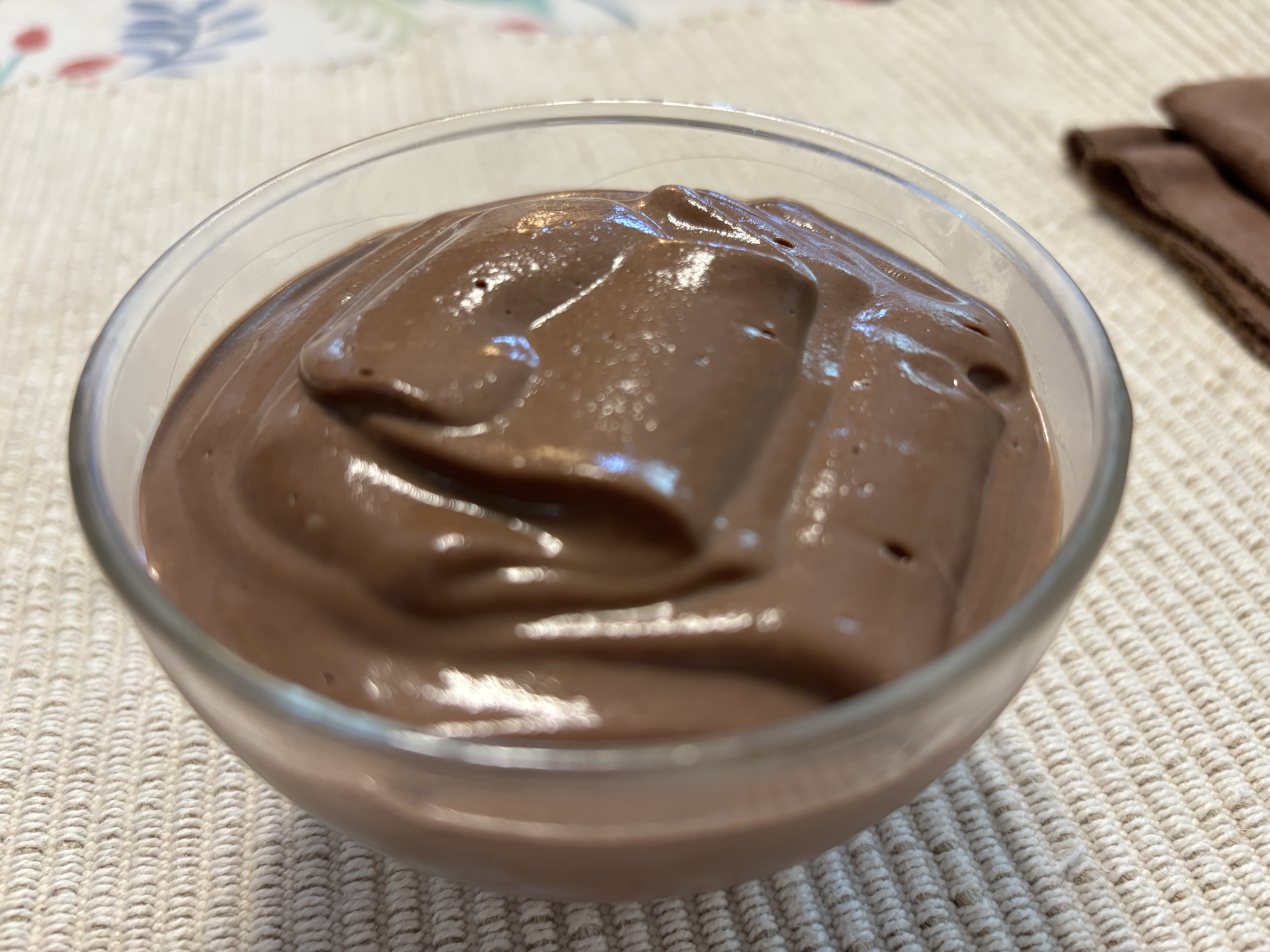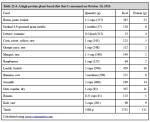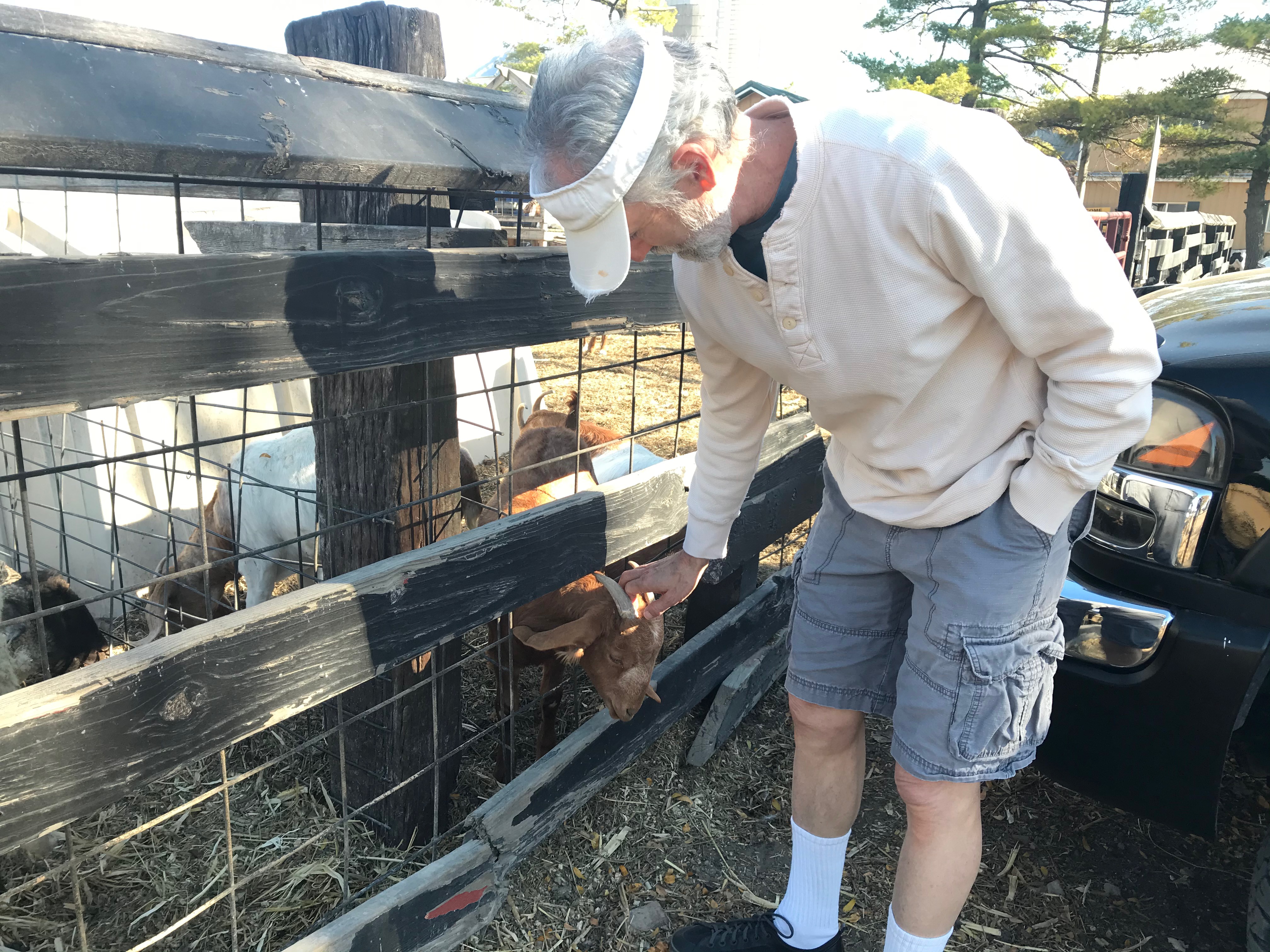3-Phase ATG Split Squats
With 3-phase ATG split squats, you can reduce your volume to a single set for each leg, with minimal external load, and yet obtain the same or better strength, mobility and hypertrophy outcomes as you would obtain with multiple sets performed with larger external loads.
3-Phase ATG Split Squats Method
To perform 3-phase ATG split squats, we divide the range of motion into 3 zones:
- the bottom, deepest, most difficult zone, where your hamstrings contact your calves, and your thigh and hip muscles operate at a mechanical disadvantage
- the middle zone, about 70º-110º of knee flexion, which includes the typical sticking point
- the upper zone, from 110º-180º of knee flexion, where you have the greatest mechanical advantage and in typical set performance is the easiest range of motion
Most people minimize the time they spend in the bottom and middle phases of whatever squats they perform because these are the hardest ranges of motion. The 3-phase ATG split squat involves keeping the muscles under continuous high tension throughout the full range of motion.
In order to move slowly in these ranges of the motion, you need to reduce your external load dramatically. This is advantageous because less external loading means reduced risk of injury.
I recommend doing these with no external load until you can perform one 2-minute long set on each side. Don't overestimate your ability to perform these properly. Unless you have already been emphasizing continuous tension training in the weakest range of split squat training, you may be surprised at how deeply you can fatigue your lower body with no external load at all.
3-Phase ATG Split Squats Execution
Always do your weaker side first. Start the set by sinking into the deepest split squat you can achieve. If necessary, elevate your front foot on a sturdy step, box or bench so that you can keep your heel down yet bring your hamstring to full coverage of your leg, a true full squat, while keeping the knee of your back leg near full extension. Put one hand on a bench or other support to reduce balance requirements.
From the bottom, slowly push up to the top of the bottom third of the full range of motion (at about 70º of knee angle). Briefly pause there, then return to the deepest position and briefly pause there, attempting to sink into an even deeper position. Repeat this 4-6 times until you reach or are very near to muscular failure. It should take 30-40 seconds to complete this phase.
Next, slowly move up to the top of the middle third of the full range of motion (at about 110º of knee angle). Briefly pause there, then return to the bottom of the middle range of motion (at about 70º of knee angle) and briefly pause there. Repeat this 4-6 times until you once again reach muscular failure or very near to it. It should take 30-40 seconds to complete 4-6 repetitions in this range of motion.
Next you slowly move up into the upper range of motion, ranging from about 110º-120º of knee bend to near lock out (at 160º-170º of knee bend). Smoothly and slowly push up from the bottom of this range to near lockout. Pause briefly without full lockout, then return to the bottom of this range and again pause briefly. Keep the muscles under tension. Repeat this 4-6 times or for 30-40 seconds until you reach muscular failure.
The entire process should take 90-120 seconds (1.5-2.0 minutes) per side. I recommend resting 2-3 minutes between sides.
If performed properly, you will have no need and probably no desire to perform a second set for either side. You will experience a much greater level of muscle fatigue than with conventional repetitions. You will have completed your 3-phase ATG split squat training in about 5-7 minutes.
3-Phase ATG Split Squat Mechanics
As you move from the bottom range repetitions to the mid-range repetitions of the 3-phase split squat, you have a slightly improved leverage, which means you are essentially performing a mechanical drop set while keeping the muscles under continuous tension without rest.
When you move from the mid-range ROM to the upper range, you once again improve your mechanical leverage.
Consequently, one properly performed 3-phase ATG split squat actually consists of 3 separate sets carried out to deep muscular fatigue, the mid-range and upper range sets both being mechanical drop sets. This produces a very deep level of fatigue in the muscles in a very short period of time. This rapid inroad is highly stressful and demanding, which is what triggers the body to improve strength and muscle mass.
Progressing the 3-Phase ATG Split Squat
I recommend you continue with bodyweight only until you can do the 3-phase ATG split squat for 2 full minutes per set with both feet on the same level (no front foot elevation), full coverage of the front calf/leg with the hamstring, no rise of the heel of the front foot nor heel elevation by shoes or block, and no contact of knee of the back leg with the floor in the bottom position.
Once you master that, you can add external resistance by holding a dumbbell, wearing a weighted vest, or loading a hip belt, such as the Brute Belt, with plates, as I show in the video below (starting at 7:52). Just make sure you keep precision form.
Don't chase heavy loads, chase deep muscular fatigue by precision performance. For safety's sake, minimize external loading and progress in small manageable increments. If you can perform the 3-phase ATG split squat for 2 minutes on each side with 50% of your body weight as external resistance you will be elite.
3-Phase ATG Split Squat Advantages
When performing split squats the usual way, the upper range of motion is very poorly loaded. Because of the mechanical advantage of this ROM, you would need to use some type of variable resistance, such as an X3 bar and bands, to come near properly loading this range of motion during a single set to muscular fatigue.
While this does work very well for inducing muscular fatigue, to get significant resistance from the bands in the bottom position you have to have your front foot on a platform – either the standard X3 platform or my DIY platform – which means you won't be training the deepest possible split squat position, with both feet on the same level, which requires the most hip flexor mobility and strength in the trailing leg.
Further, some people may not want to invest in an X3 bar or similar device. Using the 3-phase method you can produce a level of fatigue equal or greater than use of the X3 bar, with minimal external resistance.
Thus, the 3-phase ATG split squat has the following advantages over other methods:
- Trains the full range of motion of ATG split squats with minimal or no external resistance.
- Requires no expensive equipment. Most people will need no external load to start, and progression requires little loading.
- Reduces training volume to a single set per side.
- Produces a high muscular tension and rapid muscular fatigue that triggers the development of strength and hypertrophy.
Recent Articles
-
Ancient Roman Soldier Diet
Apr 14, 25 05:19 PM
A discussion of the ancient Roman soldier diet, its staple foods and nutritional value, and a vegan minimalist version. -
High Protein Chocolate Tofu Pudding
Jul 01, 24 12:41 PM
A delicious high protein chocolate tofu pudding. -
Vegan Macrobiotic Diet For Psoriasis
Sep 05, 23 06:36 PM
Vegan macrobiotic diet for psoriasis. My progress healing psoriasis with a vegan macrobiotic diet. -
How Every Disease Develops
Aug 04, 23 06:22 PM
How every disease develops over time, according to macrobiotic medicine. -
Why Do People Quit Being Vegan?
Jun 28, 23 08:04 PM
Why do people quit being vegan? How peer pressure and ego conspire against vegans. -
Powered By Plants
Mar 16, 23 08:01 PM
Powered By Plants is a book in which I have presented a lot of scientific evidence that humans are designed by Nature for a whole foods plant-based diet. -
Carnism Versus Libertarianism
Dec 30, 22 01:55 PM
Carnism Versus Libertarianism is an e-book demonstrating that carnism is in principle incompatible with libertarianism, voluntaryism, and anarchism. -
The Most Dangerous Superstition Book Review
Nov 15, 22 08:46 PM
Review of the book The Most Dangerous Superstition by Larken Rose.











